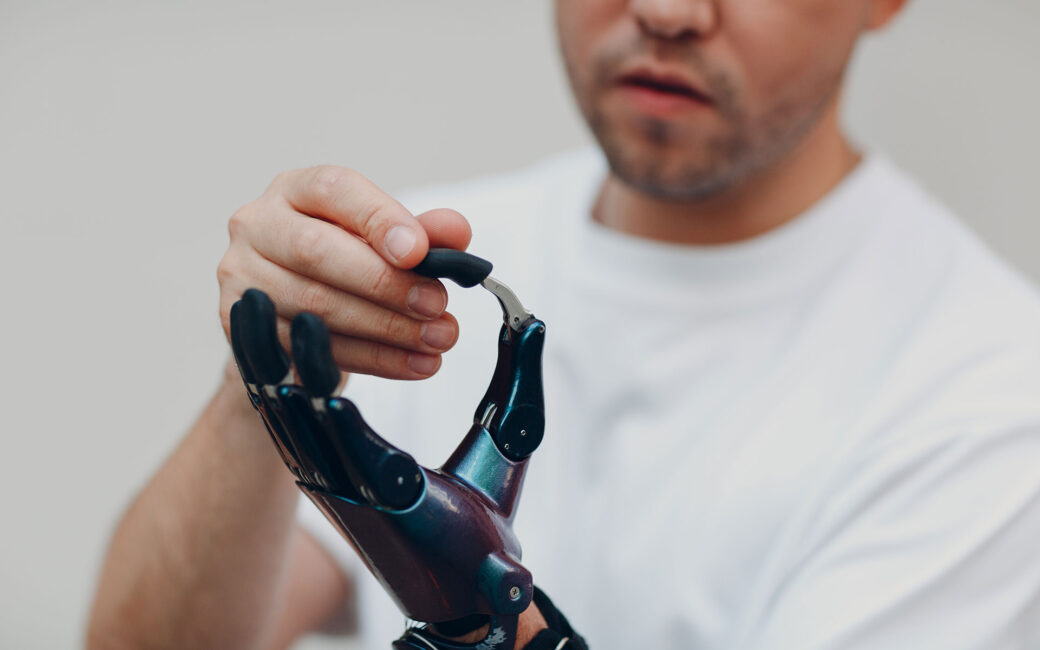Bionics: The future of prosthetic technology?
Bionics is defined as the study of mechanical systems that function like living organisms or parts of living organisms. This, while not limited to creating prosthetics has definitely made its mark. The term “bionic” was first coined in 1958 by Jack E. Steele. There have been many biomechanical advancements made over the past decade. Constant upgrades and developments have been happening. New designs, technologies and ground-breaking research have gone into making prosthetics increasingly functional, overcoming the difficulties users of artificial limbs face. Prosthetic limbs have now evolved beyond being little more than shaped pieces of wood or metal. Prosthetic technology has also diversified into creating artificial eyes and prosthetic organs. New developments also allow prosthetic users to touch and hold objects, experience a full-range of motion and do anything they could do with their natural limbs.
3D Printing has also left its mark on the world of prosthetics. 3D printing is a sustainable technology that can quickly and easily create inexpensive yet functional prosthetics. New prosthetics can also mimic natural movements by tracking muscular or nerve activity.
Prosthetics for activities like sports have also been developed or are being perfected. Devices like powered full-body frames that can help paraplegics walk are also in development. These fully-powered frames, also called exoskeletons, could eventually replace walkers, crutches and orthotic devices like the Reciprocating Gait Orthosis (RGO).
There is now equal emphasis is on quality, functionality and comfort. Advanced seating technologies like suction pumps and silicon linings have made prosthetics more comfortable to wear in the long-run. The use of new-age materials like carbon-fibre and lightweight alloys have made lives easier for.
Research is also being conducted into neural technology that is, connecting to the mind via technology to allow functions that might have physical or environmental limitations. Recently, a quadriplegic, as part of a study conducted By the Defence Advanced Research Projects Agency (DARPA) flew an F-35 jet via a simulator using nothing but her mind. A pair of neural transmitters converted her thoughts into computer commands, allowing her to fly the plane. Here’s the kicker: The participant in the study, Jan Scheuermann has never flown a plane before.
Prosthetic technology however, is not a standalone development. Various sciences and fields of study have been involved. Engineering, medical knowledge, the study of biological processes and even psychology have played a part. Advancements in computing, smaller, more efficient motors and batteries that last longer have aided prosthetic development. It remains to be seen how these developments will play out, though these advanced prosthetics have already proved their worth. Where this will lead to in the future remains to be seen.
For information on our products and services, visit us at www.cpousa.com or contact us at 888.676.2276.
Contact Us.
Fill out the form below and someone from our team will get back to you right away.

